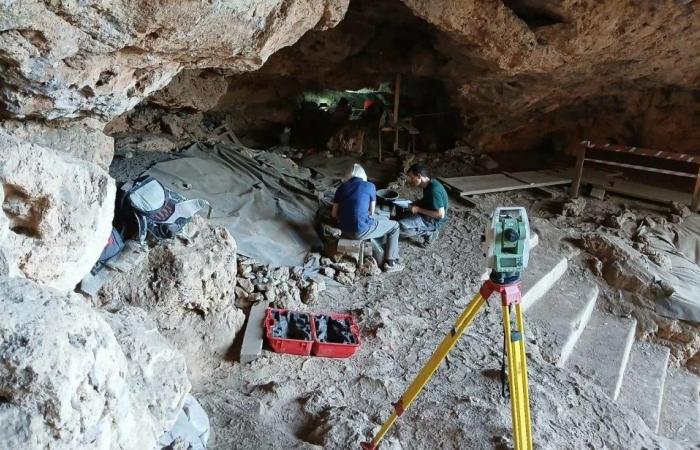This discovery was made in archaeological levels dated 15 thousand years ago, specifies in a press release the INSAP which depends on the Ministry of Youth, Culture and Communication, adding that the related study was published by the prestigious journal Nature.
“The plants discovered correspond to the species ‘Ephedra’ whose fruits were unearthed in an area of the cave which was reserved for burials according to precise rites, very widespread among human groups from the time of stone age and especially that between 22 thousand and 7 thousand years old,” underlines the Institute.
“This plant has several virtues, but it was probably used in stopping hemorrhages and perhaps in alleviating pain,” said the press release, noting that ancient research in the Pigeons cave in Tafoughalt revealed uncovered a human skull which contains traces of a surgical operation, called trepanation, dated 15 thousand years ago and considered to be the oldest in the world. “Studies have shown that the hole caused by the trepanation healed, meaning that the ‘operated’ person survived and was able to overcome the effects of the operation through the use of this type of trepanation. plants,” we explain.
“It is also known that these groups from this Stone Age period practiced dental avulsion which involves pulling out the incisors of both boys and girls, believed to be a rite of passage from puberty to adulthood . Such an operation would also be very painful and plants would have been used,” adds the same source.
According to INSAP, the oldest presence of this plant in an archaeological context was identified in the burial of a Neanderthal and dated to around 40 thousand years ago. On the other hand, this presence corresponds to pollens which would be deposited there by the wind, contrary to the discovery made in the Pigeons cave in Tafoughalt where “charred fruits of this plant were found and would therefore be the oldest medicinal use of these plants,” the press release specifies. “This does not rule out the possibility of their use in rites linked to burials but this discovery confirms that the human groups in the Pigeon Cave in Tafoughalt had precise knowledge of the different uses of plants 15 thousand years ago, i.e. approximately 8 thousand years before the Neolithic period,” we note.
This discovery was made by several researchers including Abdeljalil Bouzouggar, director of INSAP and responsible for archaeological excavations in the Pigeons cave in Tafoughalt, Ismail Ziani, INSAP laureate and doctoral student at the University of Las Palmas in Spain, Louise Humphrey, researcher at the Natural History Museum in London, Nicholas Barton, professor at the University of Oxford, Jacob Morales, professor at the University of Las Palmas and Hassan Talbi, professor at the Mohammed 1st University in Oujda.
The research carried out in the Pigeons Cave in Tafoughalt is carried out as part of a cooperation program between INSAP (Morocco), Mohammed 1st University (Morocco), the University of Oxford (United Kingdom) and the Natural History Museum (United Kingdom) and also counts among its members doctoral students and researchers from INSAP, the Max Planck Institute (department of archaeogenetics) in Germany and the Center for Archaeological Research in Monrepos in Germany.






